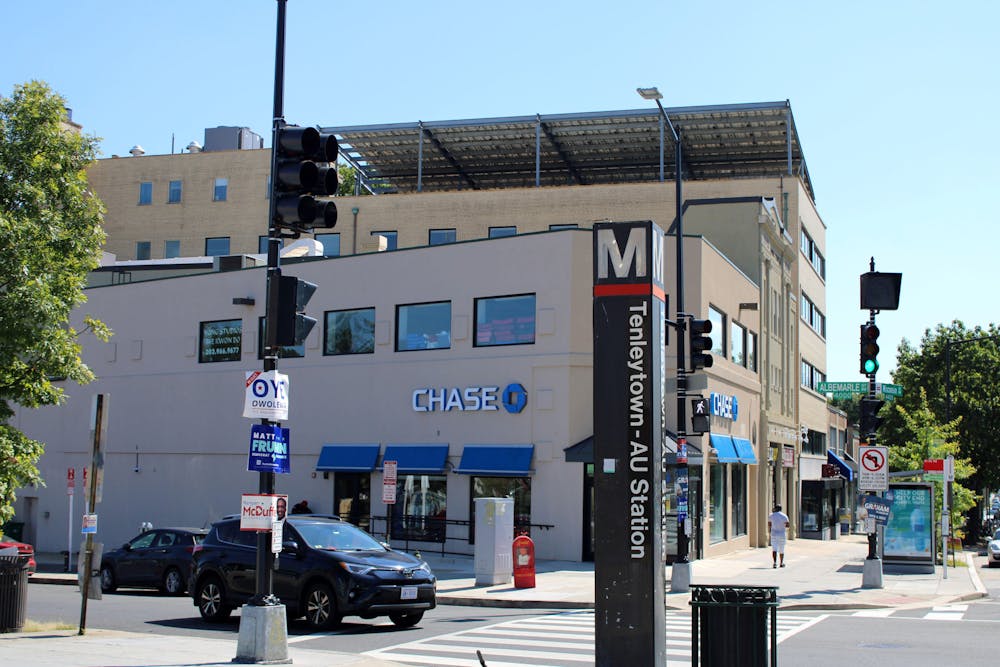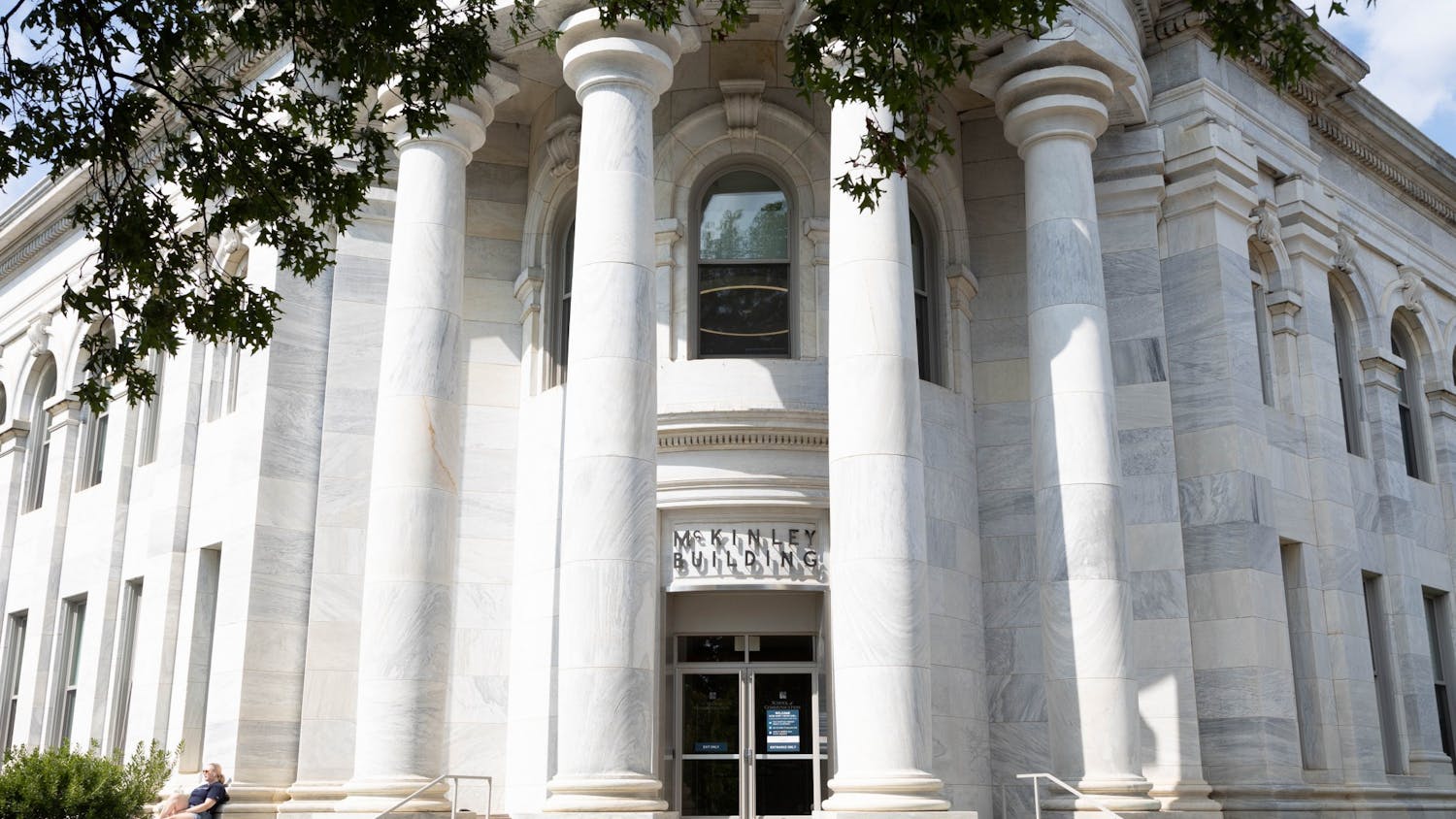The Washington Metropolitan Area Transit Authority released a new proposed budget for fiscal year 2025 on Feb. 5 including additional proposed contributions to help address the $750 million deficit in WMATA’s original proposed budget in December 2023.
In the letter, addressed to the WMATA Board Members and General Manager Randy Clarke, the District pledged to provide “up to $200 million on top of our FY24 operating subsidy.” Maryland committed $150 million and Virginia $130 million. These newly proposed commitments of $480 million will lessen the gap deficit to $500 million, as stated in the letter.
These commitments come after two months of rising alarm after the first proposed budget for fiscal year 2025, which begins July 2024, was released on Dec. 14, 2023.
The first budget proposal outlined the closure of ten low ridership stations for the Metrorail, the elimination of services on 67 of the 135 Metrobus routes — 50 percent of the whole bus system — and reduced service to another 41 bus routes. A 20 percent increase in fares was also proposed.
The updated budget proposal for fiscal year 2025 will not include any bus line reductions, but fare rates for bus and rail riders will increase by 12.5 percent. Those who currently pay $2 per trip will pay $2.25 once the new fiscal year begins on July 1.
If this new budget is approved in May 2024 by the Metro Board of Directors, riders can expect an increase in fares up to 25 percent on late nights and weekends with a cap of $2.50. Riders who are enrolled in the Metro Lift fare program, which consists of a 50 percent discount for those enrolled in the Supplemental Nutrition Assistance Program, would experience a lesser fare increase.
Additional proposed cuts in the new budget aim to adapt services to use the region’s resources as effectively as possible, Metro said in a statement. Metro proposed running a higher percentage of six-car trains as opposed to eight-car trains to minimize maintenance costs and save money on energy. The proposal also considers reducing service frequency on some holidays when ridership is often lower than normal. The increased frequency of trains during peak hours in the early morning and evenings will be reduced for some lines from four hours to about two hours.
Clarke said he recognized that these changes are not a long-term “funding solution,” as transit may be more crowded and preventative maintenance is not the model they want to follow, but they are proposing it as a cost-efficient solution as of the release of this latest proposal.
Metro is a public service without its own internal funding, so it is funded through a combination of state and local subsidies, fares and other revenues and federal relief.
“This large budget gap situation would have happened eventually, however COVID-era changes accelerated the problem,” a representative from Metro wrote in an email to The Eagle.
Moving forward, Metro said that they hope to have a “stable, reliable and dedicated funding” solution that moves away from annual budgets being proposed to better plan for the future.
This passage of the revised budget relies on not only the Board’s approval but also that proposed funding increases from D.C., Maryland and Virginia are signed into effect.
Steven Taylor, an associate professor at the School of Public Affairs, shared his expertise on metropolitan politics and said that it might be time to find some strategies that would help increase ridership so that there would be more revenue in the long run.
“When I say multi-year, I usually mean three-year funding, and that would probably make it a little bit more predictable instead of year-to-year funding,” Taylor said.
Taylor predicts that these decisions will be controversial, especially as low-income areas will be more affected by the proposed changes.
Ralph Buehler, a professor of urban affairs and planning at Virginia Tech, said it would be difficult for Metro to find a more steady stream of funding as Virginia, Maryland and D.C. would have to work together. Buehler said some places in Virginia, for example, do not have an interest in funding Metro because it is not a service widely utilized in those areas.
Buehler said that the jurisdictions should subsidize Metro more because of the positive effects it has, including land use values in urban areas, transporting people, improving air quality and decreasing highway traffic for car commuters.
“Once we start thinking about all the positive effects it has, the return we get from transit is much higher than the subsidy we have to find to keep it running,” Buehler said.
The new changes of committing to more six-car trains and shortening the increased service during peak times could work as long as the increments between the trains do not get too long, Buehler said. Buehler cited studies have shown people dislike waiting, especially when they are stationary more than anything else, so Metro needs to avoid that scenario as best they can to retain riders.
Sarah Brandt, a sophomore in the School of Public Affairs, said that from her experience taking the red line almost every day for her commute, Metro is very effective right now with low wait times and few delays.
Brandt’s main concern is with safety on the Metro as she has experienced a few instances where she felt unsafe. In a recent situation, she had to call the Metro Transit Police Department for support.
Brandt said that many factors that go into improving ridership are out of Metro’s control, but making service more frequent and convenient could help improve that.
Buehler said Metro should be identified as something that the jurisdictions can develop around as transportation affects every aspect of the regions.
“It’s how transit shapes the region, how transit shapes where people live, where people work, and ultimately then shapes how they can get around,” Buehler said.
This article was edited by Abigail Hatting, Abigail Turner and Abigail Pritchard. Copy editing by Luna Jinks, Isabelle Kravis and Ariana Kavoossi.





